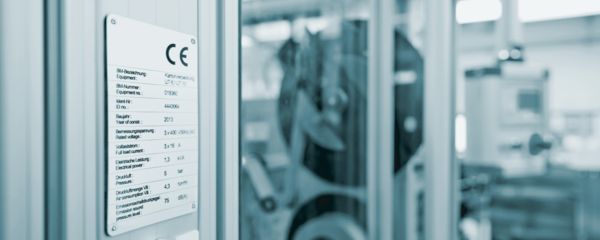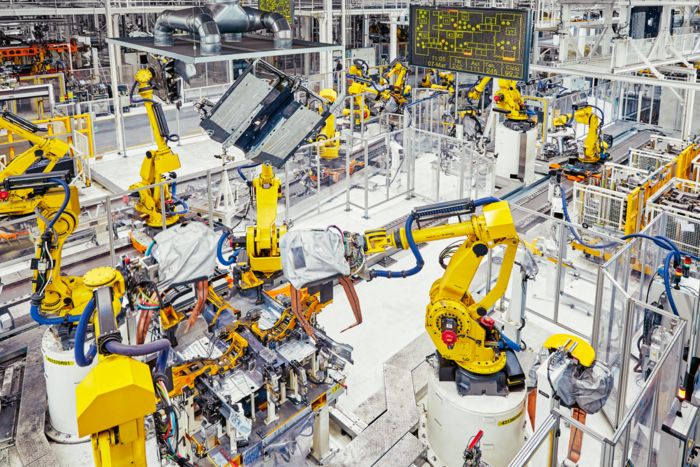
In real-world applications, you will still find machines and systems that do not have a CE marking and which, in accordance with the EC Machinery Directive, should have had a marking since January 1, 1995. Since this date, the EC Machinery Directive clearly regulates how machine are made available on the market, imported from third-party countries, and commissioned.
It is therefore questionable whether these machines without a CE marking are safe according to the definition of the EC Machinery Directive 2006/42/EC and can be operated safely.
Do operators of these machines need to take action?
Under § 5 of the German Industrial Safety Regulation 06/2015, the employer is only allowed to provide work equipment that meets the Community Directives. These Community Directives also include the EC Machinery Directive.
For the operator, it makes sense to strive for CE conformity. However, the declaration of conformity cannot be issued in retrospect. CE conformity can only be carried out according to the current status of EC directives and (harmonized) standards. Furthermore, in certain cases, the operator must establish a new conformity. This applies, for example, when a machine is significantly modified without CE marking (interpretation paper of the BMAS 04/2015) or when machines are assembled to form a single unit. Old machines that were placed on the market before January 1, 1995, do not need CE markings. However, this only applies if they comply with the reference to safety according to the German Industrial Safety Regulation.

Machines without CE markings can also appear where there is a series of machines
New CE conformity
The legally correct procedure is to create a new CE conformity according to the current status of EC directives and (harmonized) standards. When operators make the decision to do this process, they assume all obligations as the manufacturer. Accordingly, the complete conformity assessment procedure from the actual time of provision must be performed. However, if not all documentation on the machine is available, it may be difficult to complete the EC conformity assessment procedure. The risk assessment procedure is clearly described. In addition to the risk assessment, additional technical documents must be able to be drafted and presented upon request (see also EC Machinery Directive 2006/42/EC, Annex VII). This also includes the operating instructions and the declaration of conformity.

Hazard points on the machine are detected using the risk assessment
What other options does the operator have?
The operator can use a risk assessment (e.g., based on EN ISO 12100) to identify previously unknown hazards and document them in detail for various operating modes. On the basis of the German Industrial Safety Regulation 06/2015, it is possible to mitigate the hazards technically, organizationally, and in terms of persons (TOP principle). The alternative to this is to follow the EC Machinery Directive and first implement design measures, then technical measures, and finally measures to provide information. Based on EN ISO 13849, the required performance level (PLr) is determined for each safety function. Afterward, this required performance level (PLr) must be checked against the performance level (PL) of the installed safety measures. Hazards that were not previously considered are identified and the installed technical protective measures are evaluated. This results in an overall impression for the operator, who can then decide whether it is worthwhile to upgrade the machine in terms of safety or to purchase a new machine.
All in all, it can be stated that the whole topic of machines without CE markings is murky. Each case must be evaluated individually. In the near future, there will probably be comments or an interpretation from the authorities.

Machine inspection for risk assessment
Identify and implement measures
To ensure that machines with or without a CE marking can be operated safely, a check in the form of a machine inspection is suitable. The machine inspection involves checking the requirements of the German Industrial Safety Regulation together with the formal requirements. It also examines the state of the art, the protection concept, and the safety functions. The electrical equipment is checked just like the pneumatic, hydraulic, and other equipment. In addition to these checks, the measurements determined in the risk assessment are also an important part of the machine inspection. From the overall result it is possible to derive which machines have to be processed with which priority and which costs can be expected from this.

